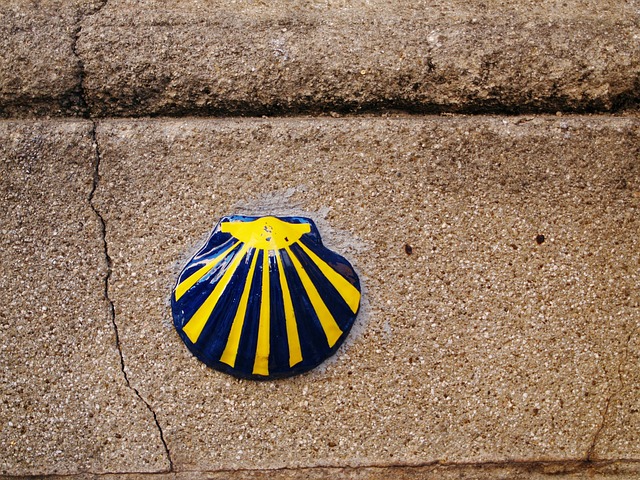The Camino de Santiago, a historical pilgrimage rooted in the Christian tradition, has traversed the landscapes of Europe leading countless pilgrims to Santiago de Compostela, where the relics of St. James are believed to rest. Once a journey of devout religious purpose, its essence has evolved through the centuries, mirroring the cultural and societal shifts within Spain. This article delves into the transformation of the Camino from a sacred path to a multifaceted trail blending spirituality, tourism, and personal discovery.

Evolution of the Pilgrimage
Initially, the Camino served as a route of immense religious significance, its popularity peaking during the medieval era. However, the allure of the pilgrimage waned until the 1940s, when a resurgence, spurred by the Catholic Church, breathed new life into these ancient paths. The transition from a primarily religious journey to a modern-day pilgrimage reflects broader societal changes, especially noted during the late 20th century. Elizabeth Kissling's reflections as a pilgrim in the early 2000s highlight the profound commercialization and the diminishing solitude that once characterized this spiritual journey. The transformation is marked by an influx of infrastructure catering to the modern pilgrim, which, while providing comfort, raises questions regarding the authenticity and original austerity of the pilgrimage.
Shifts in Leadership and Cultural Identity
The governance and spiritual leadership of the Camino shifted dramatically post-Franco, moving from the hands of the Catholic Church to secular entities. This change coincided with Spain's journey towards secularization and democracy, altering the Camino's identity and appeal. The path became a symbol of Spain's evolving cultural and religious landscape, attracting a diverse group of travelers seeking not only spiritual but also cultural and personal experiences. This period witnessed the diminishing role of the Church and the rise of secular organizations, reshaping the pilgrimage to reflect a modern, pluralistic society. The involvement of the European Union and regional governments in promoting the Camino further exemplified this shift, presenting the pilgrimage as a cultural heritage rather than solely a religious endeavor.
Contemporary Dynamics Spirituality Versus Tourism
Today's Camino straddles the line between a search for spirituality and a tourist experience. While traditional religious motives may have declined, many modern pilgrims embark on the journey seeking personal growth and reflection, indicative of a broader trend towards individualized spirituality. The debate over what constitutes an 'authentic' pilgrimage experience underscores the complexities of contemporary religious and secular identities. The Camino's current incarnation as a global cultural phenomenon reflects not only the changing face of pilgrimage but also the broader dialogues surrounding tourism, authenticity, and spiritual seeking in the 21st century.
The Camino de Santiago remains a testament to the enduring human quest for meaning, transcending its origins to embrace a wider spectrum of motivations and experiences. As it winds through the Spanish countryside, the Camino continues to offer a tapestry of stories, reflecting the evolving narrative of human spirituality and connectivity. In embracing both its rich history and its contemporary iterations, the Camino invites pilgrims and travelers alike to partake in a journey that is as much about exploring the self as it is about traversing the physical landscape.